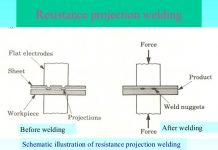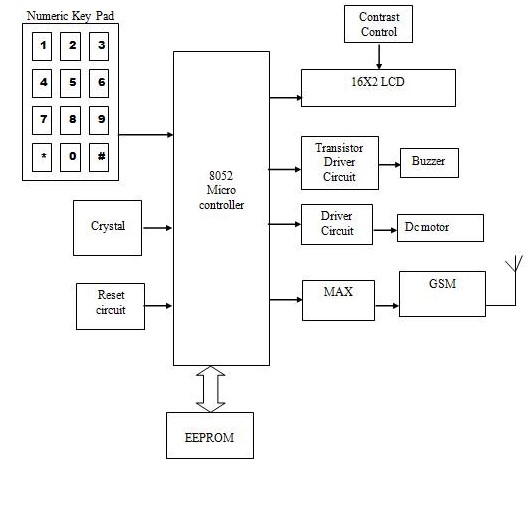FORGABLE MATERIALS
Two-phase and multi-phase materials are deformable if they meet certain minimum requirements. The requirement of wrought metals is satisfied by all pure metals with sufficient number of slip planes and also by most of the solid solution alloys of the same metal. Wrought alloys must possess a minimum ductility that the desired shape should possess. To be a forgeable metal, it should possess the required ductility. Ductility refers to the capacity of a material to undergo deformation under tension without rupture.
Forging jobs call for materials that should possess a property described as ductility that is, the ability to sustain substantial high plastic deformation without fracture even in the presence of tensile stresses. If failure occurs during forging, it is due to the mechanism of ductile fracture and is induced by tensile stresses. A material of a given ductility may fail very differently in various processes, depending on the deforming conditions imposed on it. Forgeable metals are purchased as hot-rolled bars or billets with round or rectangular cross the sections. Forgeable materials should possess the required ductility and proper strength. Some forgeable metals are given as under in order of increasing forging difficulty.
1. Aluminium alloys
2. Magnesium alloys
3. Copper alloys
4. Carbon and low alloy steels
5. Martensitic stainless steels
6. Austenitic stainless steels
7. Nickel alloys
8. Titanium alloys
9. Columbium alloys
10. Tantalum alloys
11. Molybdenum alloys
12. Tungsten alloys
13. Beryllium.
Copied from A Basic Manufacturing Processes and Workshop Technology by Rajender Singh.















